Cape Wrath
Arielle Kommentare Ein Kommentar
We left Stornoway at about 10:30 a.m. for Scrabster, lying on the Scottish mainland opposite of the Orkneys. For the passage of about 120 nm, we calculated arriving the following day in the early morning. We had given up the original plan of intercepting the passage by anchoring in beautifull Loch Eribol, which lies quite conveniently half way on the north coast of Scotland. In the course of the next day as on the following days, sharp north-easterly winds were predicted, which would have meant an uncomfortable and long passage, beating against a headwind. So we wanted to get it over with in one go. A fine breeze from north-west ushered us up to the Cape: Wrath, the turning point, named so by the Vikings who turned southward around it a thousand years ago. The cliffs rose, huge, ghostly in the receding daylight. And as predicted surrounded even in this calm weather by a heaving Atlantic swell. As the wind dropped away to nothing, we rolled on under engine. We had never before experienced sailing at night along a coast so completely in the dark. No onshore light, no hint of any inhabitation whatsoever for hours, until the lights of Dounreay nuclear power station came into sight.
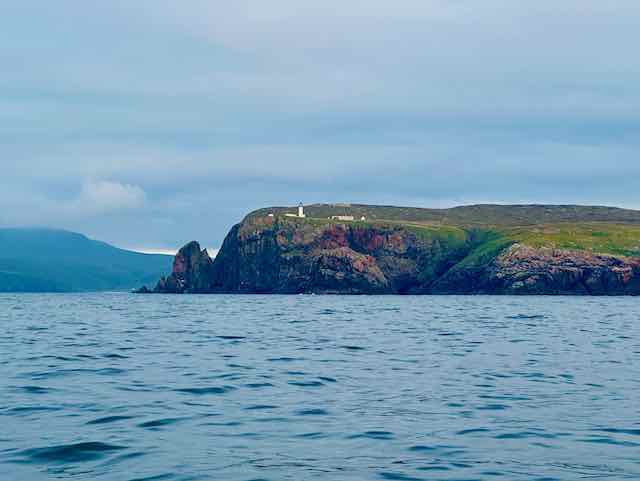
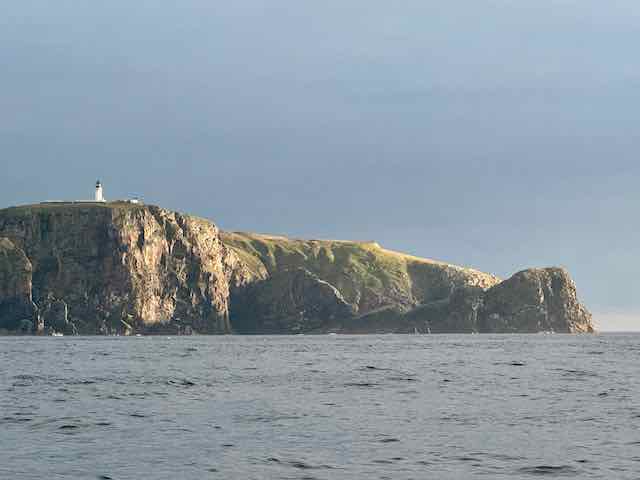
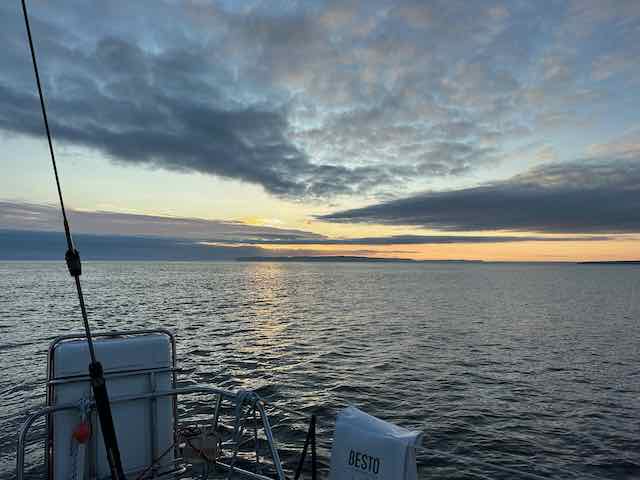
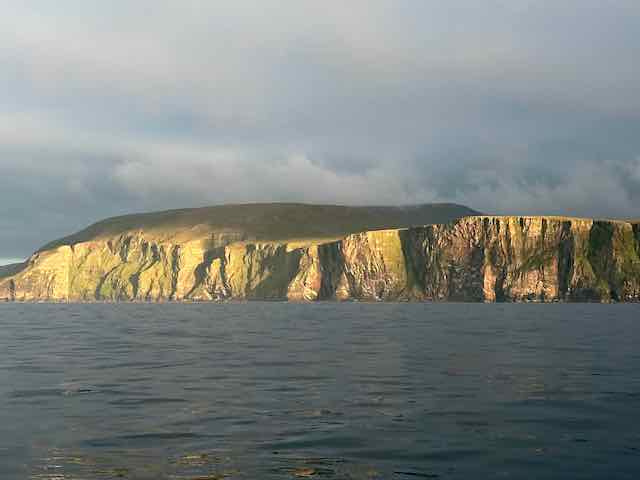
For a good reason we had headed for Scrabster and not for the Sound of Hoy, which leads you directly to the harbour of Stromness. It was not the tide, it was the chance to meet somebody in Thurso. Susan, born and raised in Thurso and now living in London, was staying there in her holiday home. We had met her the year before in Germany and had mentioned our plan of sailing to Scotland (not yet completely convinced we would actually carry it out). We spent the whole day together with her, we met her lovely family and we were driven around to all the points of interest the region has to offer, which are quite a few.
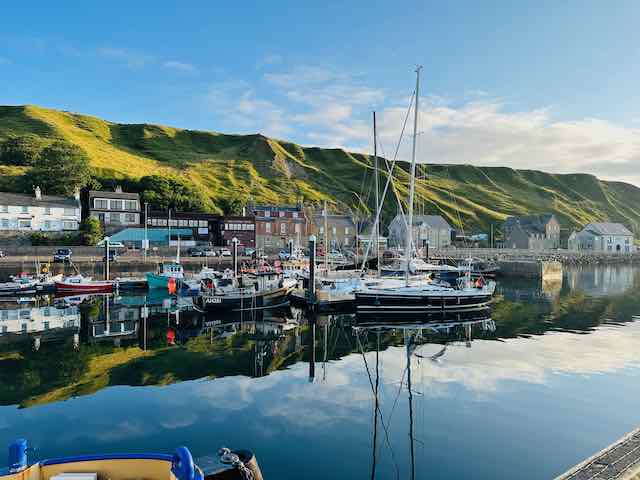
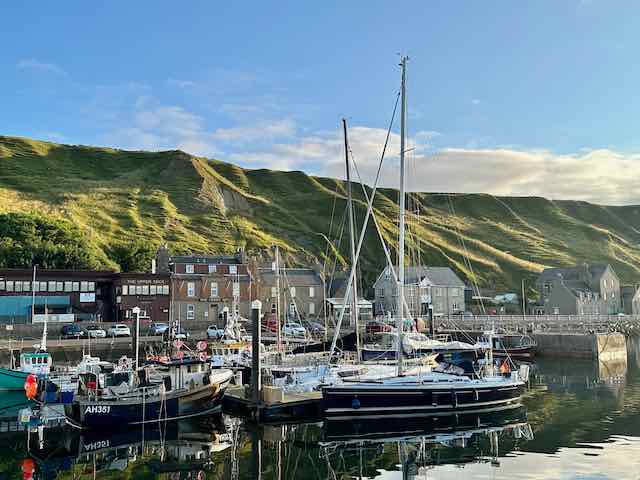
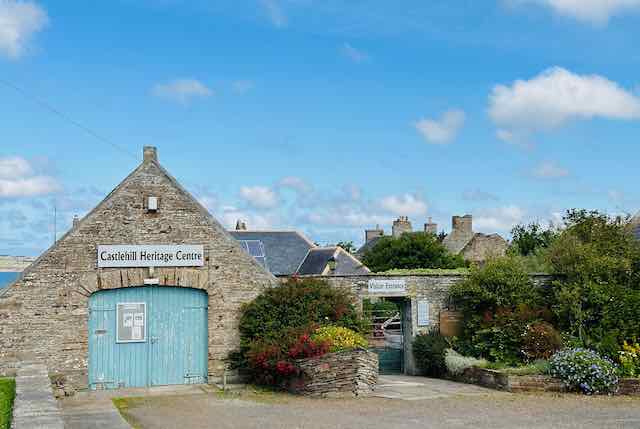
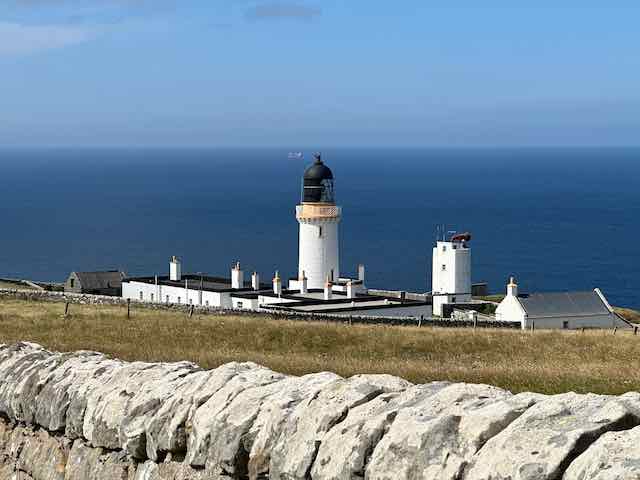
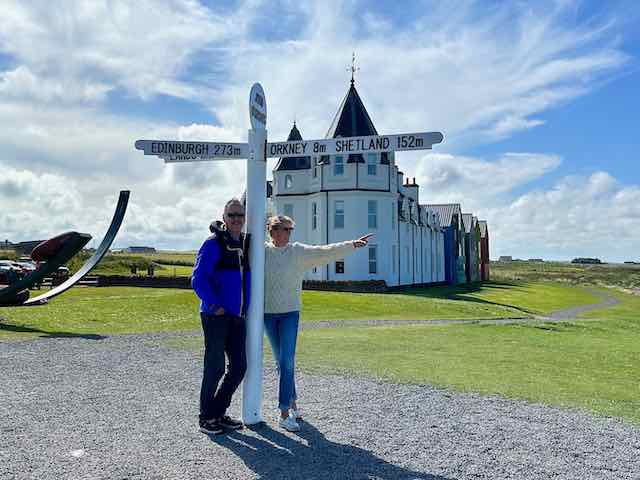
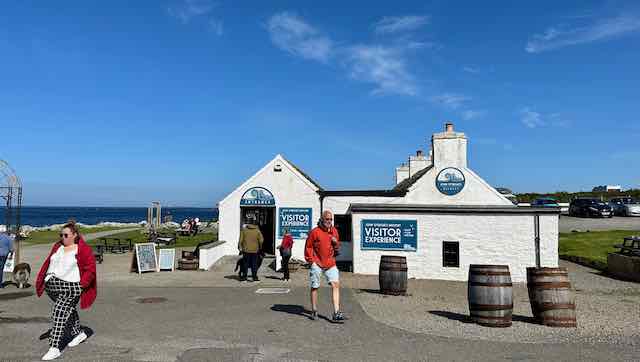
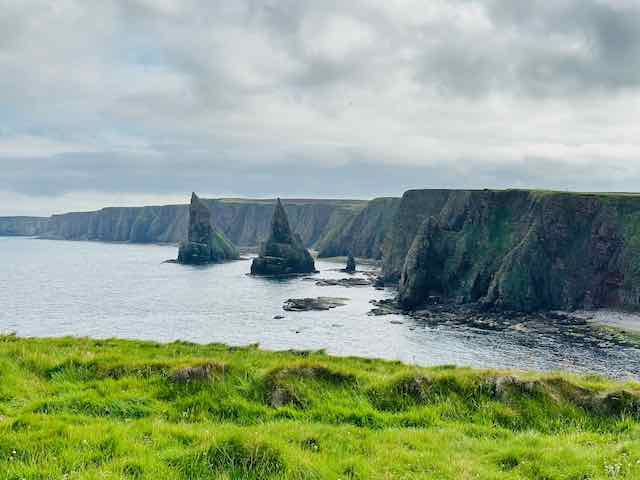
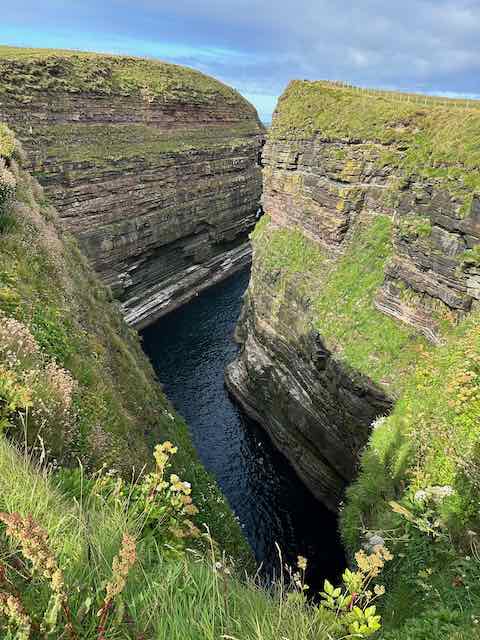
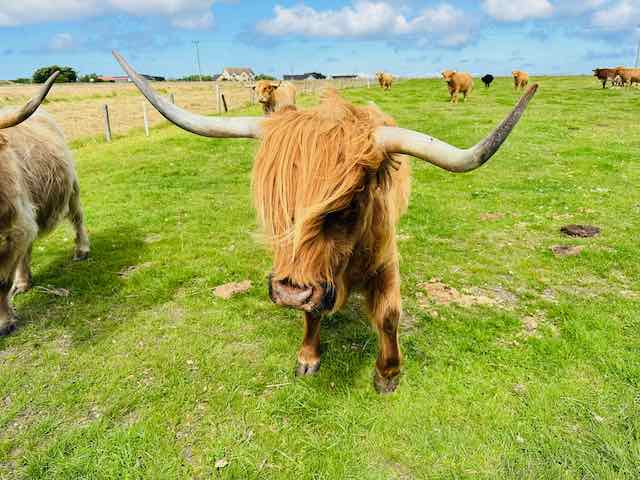
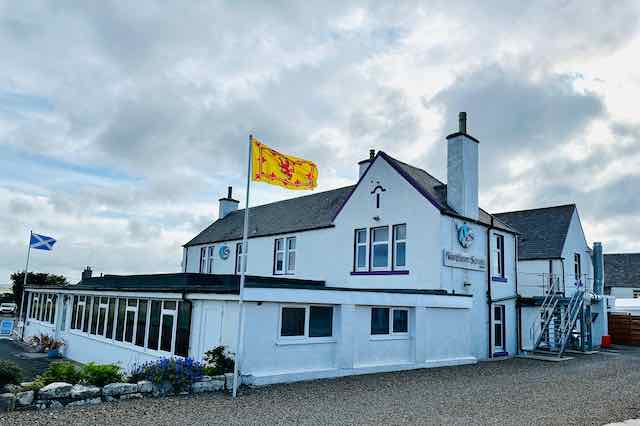
Thurso
Thurso is the most northerly town in mainland Scotland, perched on the 90 mile stretch of north coast. It is a delightfull town, which prospered as a once thriving trading and fishing port and in the heyday of the Caithness flagstone trade. The harbour lost its importance to nearby Scrabster, but the buildings on the mainroad are still quite impressive.
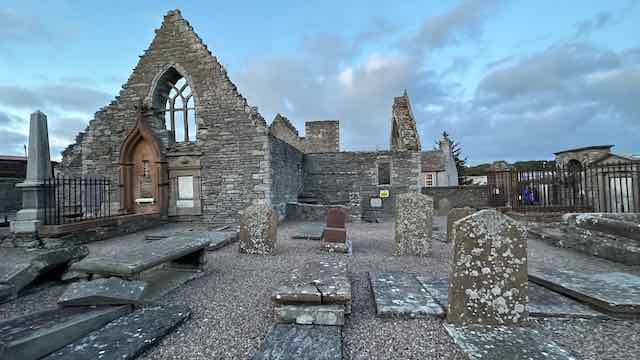
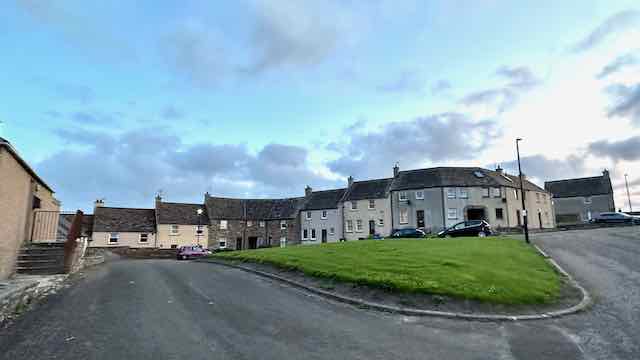
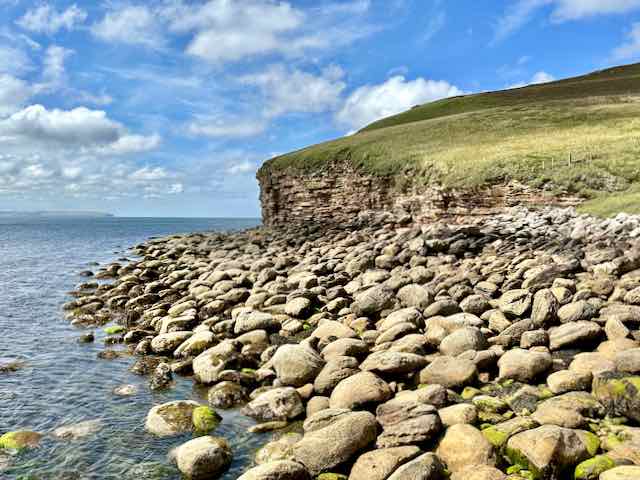
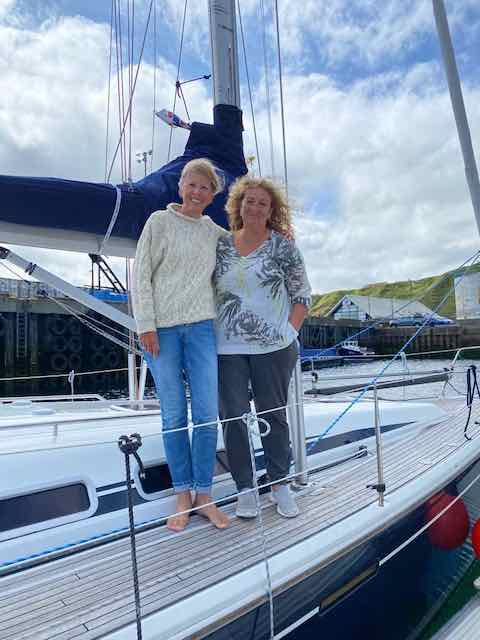
On our trip through the Highlands we often encountered reminiscences of the era of the Highland Clearances. Over a period of about 100 years in the 18th and 19th century, crofters farming the barren land were evicted and often brutally displaced. It started with the final defeat of the Jacobite risings in 1746, bringing to an end the feudal clan system, and went on until the middle of the 19th century. The land the crofters had farmed as tenents was seized, also by the Scottish nobility, for whom it was more profitable for large-scale livestock farming of sheep and cattle. Only by talking about this period with Susan we realized, to what an extend the injustice done to the impoverished crofters is being recollected to this day. Today there are again self-sufficient crofters living in the Highlands. The Scottish government subsidieses the refurbishing of old farm houses in an attempt to revive the region.
Ein Gedanke zu „Cape Wrath“
Great to hear, that you have been able to visit Scrabster and to meet our old friend Sue from Campbell Clan in Thourso, something we were not able to do in more than 30 years – and that is still on the bucket list …